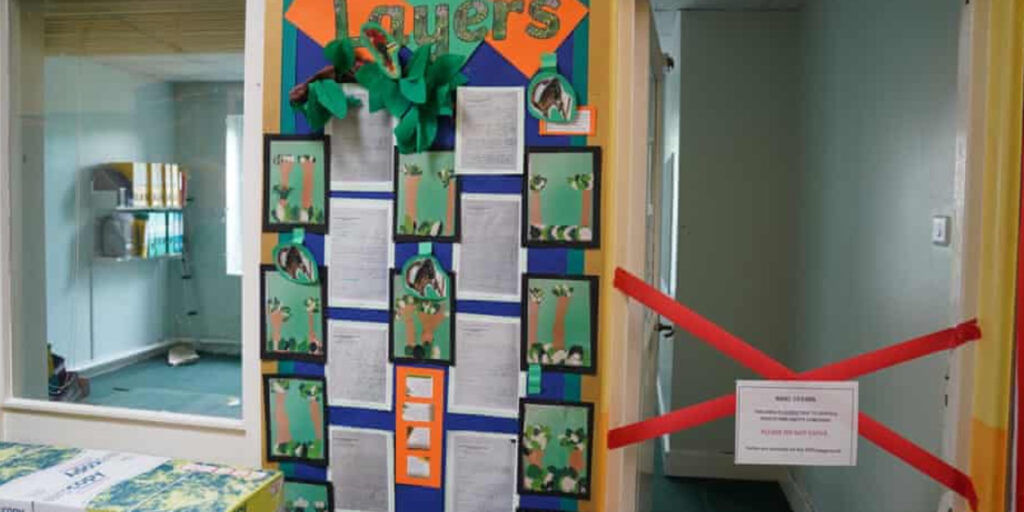Hundreds of schools across England remain at risk of collapse due to deteriorating reinforced autoclaved aerated concrete (Raac), according to newly released data. Official figures, previously withheld by the Conservative government and recently disclosed by the Information Commissioner’s Office (ICO), reveal that 235 Department for Education (DfE) sites have been confirmed to contain Raac.
By August this year, the problematic material was discovered in a total of 457 public buildings, spanning schools, hospitals, and prisons. This equates to one in every 500 sites within the public sector. Experts have issued dire warnings about the potential long-term impact on schools forced to relocate students to portable buildings or temporary classrooms due to crumbling concrete. These disruptions come after delays by the government in allocating essential funding.
The Health and Safety Executive has deemed Raac “life expired,” cautioning that it could collapse unexpectedly. The number of affected schools has grown since the Conservative government abruptly shut down over 100 schools at the end of August last year. Despite mounting pressure, the DfE reportedly failed to provide clear funding commitments or project timelines ahead of the election. However, Shadow Chancellor Rachel Reeves’ budget recently announced billions in capital projects for schools, including £1.4 billion for the ongoing school rebuilding program in the 2025-26 financial year, an increase of £550 million from the previous year. This funding will benefit 518 schools and sixth-form colleges across England but does not extend to new projects. An additional £2.1 billion was allocated for general improvements to the school estate, reflecting a £300 million increase from this year.
A DfE spokesperson affirmed, “The government is committed to resolving the Raac issue swiftly, with plans to permanently remove the material through either grant funding or the school rebuilding program.”
Further analysis of the data highlights that 48 Department of Health and Social Care buildings, including hospitals, were found to contain Raac as of August, with 12 sites having undergone removal efforts. The Ministry of Defence reported Raac in 77 of its buildings, while 19 Ministry of Justice sites such as prisons and probation centers were also affected. The Department for Transport identified Raac in 58 of its sites, primarily vehicle testing centers.
A Labour source criticized the Conservatives’ handling of the crisis, stating, “It’s no surprise the Conservatives sought to hide the true scale of this crisis. They allowed schools, hospitals, and prisons to fall into disrepair. Labour is dedicated to rebuilding Britain’s future.”
The ICO’s findings revealed that the government had wrongly withheld Raac data requested under the Freedom of Information Act. While Raac has been a long-standing issue, Conservative governments since 2010 have significantly cut budgets for school renovations, exacerbating the crisis.
This article was updated on 12 November 2024 to clarify that “schools” was meant, rather than specifically “primary schools,” in an earlier version of the text.


